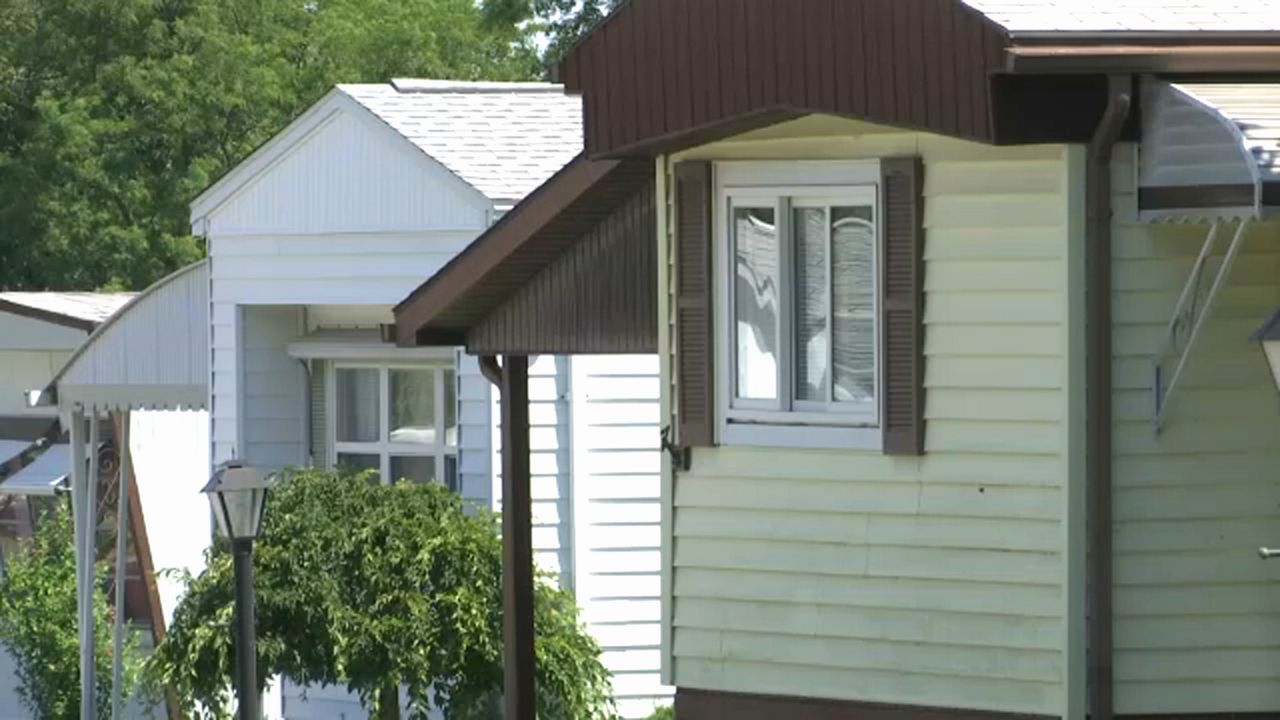Manufactured homes in New York can play a role in alleviating the ongoing housing shortage in New York and should be part of a larger discussion as state officials find ways of addressing it, rural housing advocates on Friday said.
The Rural Housing Coalition released a report on the role manufactured homes and mobile home parks play in the state's broader housing picture, finding challenges for residents when it comes to large investment firms buying parks and raising fees along the way.
State lawmakers and Gov. Kathy Hochul concluded the legislative session after failing to reach sweeping agreements for a broad, statewide housing plan. The governor began the year calling for 800,000 additional units of housing in New York in the next decade and proposed ways of reducing barriers to construction as well as incentives.
But suburban lawmakers and elected officials chafed at proposals to override local zoning and build near commuter rail stations. Hochul has subsequently indicated plans to address the issue through executive action.
The report found manufactured housing is prevalent in more rural areas of New York while also making up a viable option for affordable housing.
“There are 192,890 manufactured housing units in New York State – making up 2.4% of the state’s total housing stock,” said Mike Borges, the executive director of the Rural Housing Coalition. “However, in rural areas, that percentage jumps to 10.3% of housing stock – more than 100,000 manufactured housing units. The report identifies Saratoga, Dutchess, and Ulster Counties as having the highest concentrations of manufactured housing communities in the state.”
But there are also needs for manufactured housing as well. The report recommended stronger enforcement and compliance of existing provisions for registration of manufactured housing communities.
The report supported legislation that would expand chances for residents to purchase their housing communities in case of a sale. Advocates also pointed to the need to fund and purchase development rights for manufactured housing communities by using open space and farmland conservation programs as a potential model.
The purchasing power for residents is meant to address investment companies purchasing parks and sharply raising fees and evicting people who cannot afford the new lot rents.
“As state policymakers continue to tackle the affordable housing shortage in New York, we urge them to work toward a solution that addresses the needs of the whole state and not just downstate,” Borges said. “That solution should include ways to preserve manufactured housing communities as an affordable housing option.”


